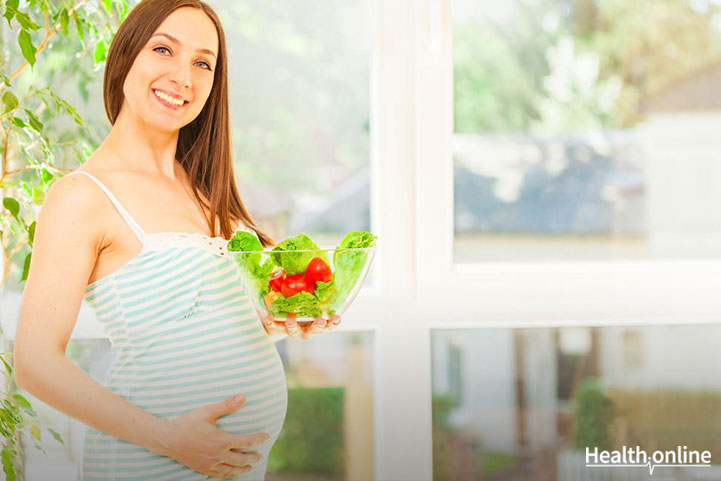
Preventing Postpartum Haemorrhage
Death during childbirth is a tragedy that is still unfortunately known to occur, despite tremendous medical advances. Childbed fever was once the chief danger to the mother and the baby. But today, it is bleeding after delivery that has become one of the leading concerns of most pregnant women .
In simple words, Postpartum Hemorrhage is excessive bleeding of over 500 ml from the vagina, after the birth of the child. Even a small amount of blood loss is dangerous for women who suffer from anemia. Annually PPH is a significant cause of the pregnancy deaths that occur worldwide, and around 25% of maternal deaths.
The primary cause of postpartum hemorrhage is excessive bleeding, uterine atony (that is a failure of the uterus in contraction during delivery), retained placenta, ruptured or inverted uterus , vaginal, cervical or perineal laceration.
Women with hypertension due to pregnancy, or those who experience an extended second stage of labor, face a risk of hemorrhage. Those who have their labors induced or increased with Pitocin, wherein babies are delivered through a vacuum removal or those who give birth to “large for gestational age” infants, are also at risk of suffering from haemorrhage after birth.
Prenatal care during pregnancy is one way to minimize the risk of postpartum hemorrhage. In simpler terms, prenatal care is when you keep a check on your baby’s health through check-ups from a midwife, nurse or a doctor throughout your pregnancy.
Recommended Read: What You Need to Know While Choosing a Midwife
Read on to know how to prevent postpartum haemorrhage naturally.
Lower your risk factors
Take every pregnancy care measure to avoid hypertension due to pregnancy. Avoid Pitocin if possible. Stay standing or move around. All these will contribute to your having an easier labor and delivery . Also, make sure you empty your bladder frequently before and after labor.
Reduce cholesterol levels and obesity
High cholesterol levels and obesity have been known to hamper the uterus’ natural ability to contract efficiently after childbirth . Overweight women who had spontaneous virginal birth are at a higher risk of an extended first stage of labor and extreme blood loss.
Recommended Read: Pregnancy Complications of Obese Women
The muscle tissues in the uterus contract with less force and frequency in obese women while they had less flux than women with a standard weight. Proper prenatal care during pregnancy, especially eating healthy, will help to reduce cholesterol and obesity.
Augment low calcium levels
Calcium is crucial if you expect the uterus to contract as it should. Calcium and magnesium both work to maintain the balance during pregnancy and labor. Magnesium helps to relax muscles in the uterus. However too little of it can cause preterm labor, while an excess can cause extreme blood loss. Calcium, on the other hand, helps to prevent blood loss and aids faster uterine contraction after childbirth. Ensure that your body has enough calcium before and after labor. Include high calcium foods like milk, spinach and other dark leafy greens, cheese, blackstrap molasses and sesame seeds. Moderate exercises, and enough exposure to sunlight to get vitamin D are recommended. Avoid soft drinks, additional animal protein, alcohol, coffee, and processed carbs.
Recommended Read: All About Nutrition During Pregnancy
Enhance Vitamin K levels during the 3rd trimester
Vitamin K helps to maintain the body’s blood clotting ability after childbirth. Anemia and postpartum hemorrhage are signs of low vitamin K in the body. Increasing vitamin K levels can help you avoid excessive bleeding after labor naturally, and reduce the baby’s risk of experiencing vitamin K deficiency bleeding. Include kale, spinach, alfalfa, swiss chard and collard greens in your diet in the last weeks of pregnancy care.
Keep the lights low after delivery
Studies show that melatonin together with oxytocin work to create intense uterine contractions. Your body tends to increase the production of melatonin in darkness, especially during the early morning hours, which could be the reason why women go into labor at night.
Reducing stress, relaxing and keeping the lights low can help you achieve a better synergy between melatonin and oxytocin. Other ways to increase the creation of melatonin can include getting adequate sunlight during the day, meditating, and increasing intake of calcium and magnesium-rich foods.
Prenatal care is essential, and following the simple steps mentioned above can help you minimise the risk of postpartum hemorrhage. A healthy diet, moderate exercise, and timely prenatal check-ups can help your baby, and you, stay healthy.
Keep yourself updated with the latest on Family Planning & Pregnancy . Like us on Facebook and follow us on Twitter for more on Health , Parenting and Diet & Nutrition . Also, check out our Health Tools and try out our health-related Quizzes .




